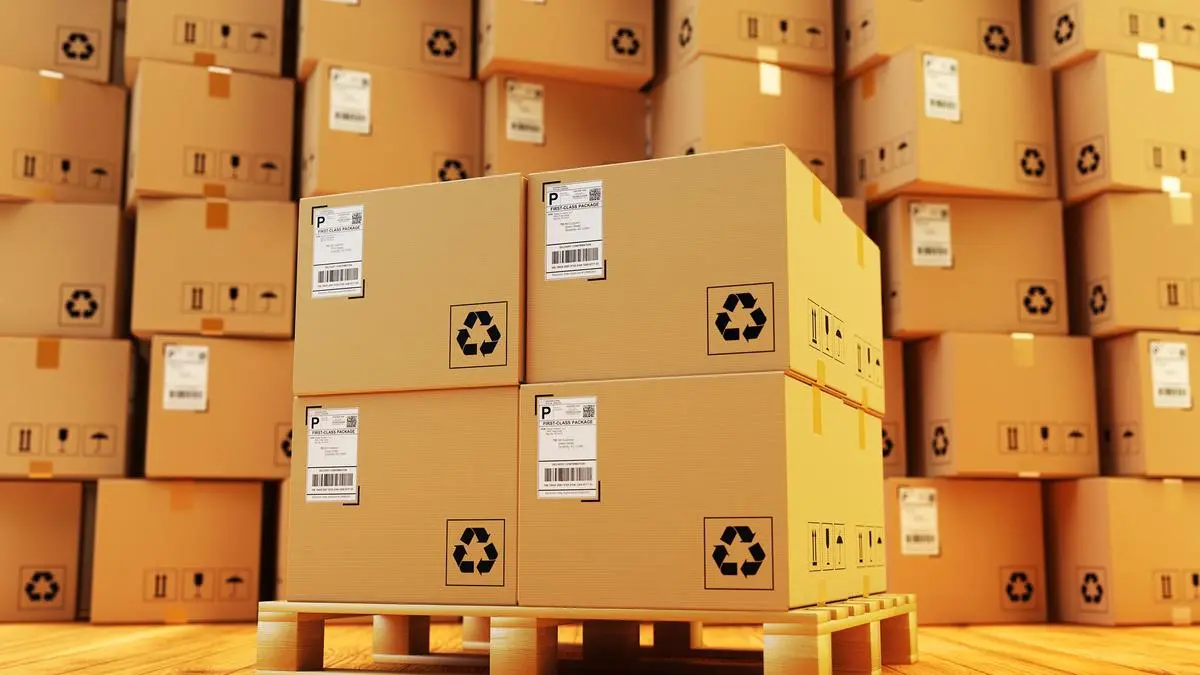Ashwagandha (Withania somnifera), Indian ginseng, is growing in popularity, both in India and abroad. All retailers of ayurvedic medicines that Quantum spoke to said that Ashwagandha was a “fast-moving product”. The Indian Medical Practitioners Co-operative Pharmacy and Stores Ltd (IMPCOPS) in Chennai, one of the leading manufacturers of ayurvedic (and siddha) products with 29 outlets in Tamil Nadu, said that Ashwagandha sales were going up year-after-year.
In the recent years, Ashwagandha has become a subject of intense scientific discussions throughout the world and dozens of scientific papers have been published on its properties in various technical journals. Even the National Geographic magazine has featured Ashwagandha in its latest issue.
Because of the increasing popularity of ashwagandha in several Western countries, the number of human trials evaluating its efficacy across a range of conditions have also subsequently increased, says Adrian L Lopresti and Stephen J Smith, researchers at Clinical Research Australia.
A review of several research papers shows that they are all broadly in agreement that Ashwagandha is a sort of a wonder drug with multiple uses, ranging from anti-neurodegenerative to aphrodisiac, narcotic and stimulant.
But all papers caution that consumption of the over-the-counter medicine should be under strict medical supervision, because there are many downsides to it. Denmark has banned Ashwagandha sales and many other Nordic countries are considering banning it.
Wonder drug
There is little doubt that Ashwagandha has immense beneficial effects. One detailed research paper from the Ponzan University of Medical Sciences delves into minutiae of Ashwagandha’s benefits. It notes that the “growing body of research on Ashwagandha highlights its potential as a valuable natural remedy for many health concerns.” The paper records that Ashwagandha is useful in stress management, cognitive function and physical performance. Several studies have suggested that Ashwagandha supplementation may exhibit neuroprotective, anti-inflammatory, immunomodulatory and anti-bacterial properties.
What is in it?
Ashwagandha has active substances called withanolides and alkaloids. Withanolides are organic compounds which are known to have medicinal properties. Alkaloids are also organic compounds (compounds of carbon), which are generally known for their soothing effect. Caffeine and nicotine are among the better-known alkaloids.
Withanolides are helpful in treating neuro-degenerative diseases such as Alzheimer’s, Parkinson’s and dementia. These diseases are caused by deposition (called ‘senile plaques’) of a protein called Beta-amyloid on the brain. Withaferin A in Ashwagandha fights Beta-amyloid.
Lopresti and Smith from Clinical Research Australia note that they came across 41 studies (32 in India) examining the effects of ashwagandha on stress and anxiety, sexual function and fertility, athletic performance, cognitive performance, pain, fatigue, thyroid function, schizophrenia, diabetes, obsessive-compulsive disorder (OCD), insomnia, hypercholesterolemia and tuberculosis. Results from most of these studies indicated positive effects from ashwagandha intake, although treatment dose, duration, and extract types varied significantly.
So, should you rush to the pharmacy for a bottle of this medicine (which, by the way, comes in the form of tablets, powder, liquid and paste)? No, please don’t.
Caution advised
Several of the papers reviewed by Quantum (and National Geographic) stress that the full effects of Ashwagandha, including all contraindications, are not yet well understood. For example, men with hormone-sensitive prostate cancer should not use Ashwagandha, because it increases testosterone production which intensifies the progression of the disease. Ashwagandha is also contraindicated in patients planning or in pregnancy, as the use of higher doses of Ashwagandha root extract can lead to miscarriage.
Also, there are many reports of liver disorder linked to Ashwagandha intake, notes the Ponzan University paper. Also, “patients taking hypoglycaemic, hypotensive or immunosuppressive drugs, as well as those suffering from autoimmune diseases, should consult a doctor about possible Ashwagandha therapy,” it says.
Scientists of the Technical University of Denmark (DTU) have concluded that Ashwagandha extract might just have negative effects on thyroid and sex hormones and could not therefore establish a minimal limit for intake of Ashwagandha based on the available scientific data.
Amar G Chittiboyina of the National Center for Natural Products Research, USA, notes that the reasons for concern about Ashwagandha’s safety include “a dearth of information on verification of the botanical raw materials used in their studies.”
The lesson from all this is obvious: Ashwagandha is pretty good but check with a doctor before you use it.
SHARE
- Copy link
- Email
- Facebook
- Telegram
- LinkedIn
- WhatsApp
- Reddit
Published on April 14, 2024





